Why teachers should provide play time every day
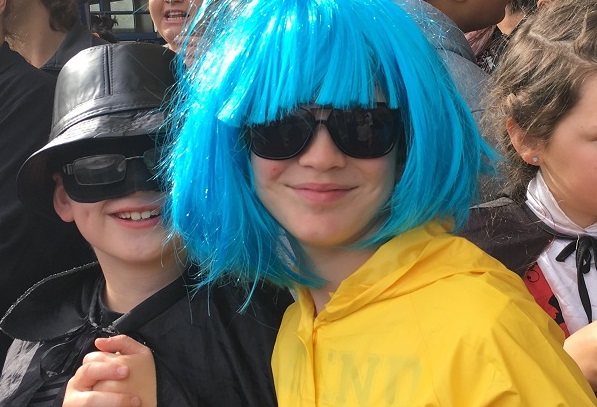
Play isn’t some sort of soft approach before the ‘real’ learning begins. Play is learning, children are the experts – and all teachers should provide play time every day. Early childhood education expert Viv Shearsby explains…
We know young children are expert learners. They are hardwired to do this, and recent advances in brain development research now showcases the importance of this. It is particularly vigorous in the first three to five years. Creative or divergent thinking sits at 98 per cent for those under five, but evidence clearly shows the decline of this consistently throughout childhood with a massive reduction in creative thinking processes by exit of the school context.
In Western society, the broad dialogue in relation to learning for very young child is that ‘children learn through play’ but very few people can articulate what this looks like and how it takes place. Deeper insight into how learning takes place through play could be at the heart of progressing the education system and engaging learners with motivation and enthusiasm. So, what does learning through play mean and look like?
Through infancy learning begins with the experience of relationships, usually first relationships take place within the family context and ideally nurture the infant’s well-being, physically and emotionally, therefore supporting the development of mana or a self-concept of their worth and value in the world. The consistency of the relationships around infants, and the responsiveness of the adults and world in which they participate creates a platform for a sense of belonging to develop. This is coupled with exploration through the senses; looking, touching, tasting, listening and smelling, allow them to investigate the properties of objects in the world.
Moving into toddlerhood, learning and development progressively extends to more deliberate and sophisticated movement and mastering the body. Toddlers also begin to increase their engagement in the world through enhanced communication and the development of language. During toddlerhood, identity formation moves to learning about their personal agency and the contribution they can make to the world around them. This is often discussed as developing autonomy and is evident in the increasing desire to do things for themselves, have things to themselves and express their emotions.
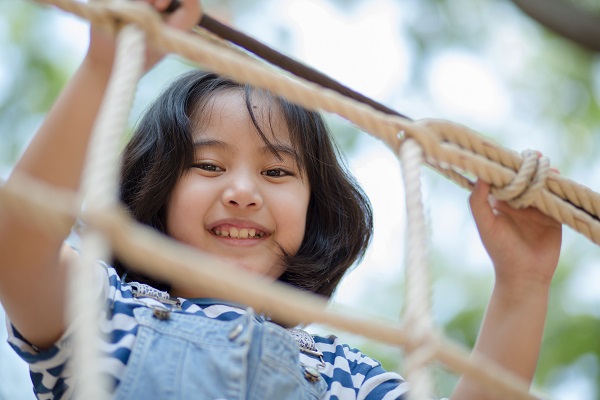
Maturing into early childhood brings further learning and development making visible more consolidated physical control, progressively developing emotional control and through increasingly rational thinking. This development allows for the further complexity of children’s working theories i.e. ideas about how stuff works. Through their play, young children explore materials, resources and equipment. They experiment varying approaches to the world in their actions, interactions and relationships and they engage in the cultural practices, values and behaviours that surround them.
Throughout each of the developmental phases (infancy, toddlerhood and early childhood) play is the tool for learning and provides the context for trial and error. It enables us to practice and master physical skill, consolidate language, confirm intellectual understandings and to increasingly manage the complexity of social and emotional ‘humanness’. As the very young engage in the experience of play they learn what gets approval thus coming to grips with the cultural values of their context and grounding a sense of themselves and part of a wider cultural context and the world.
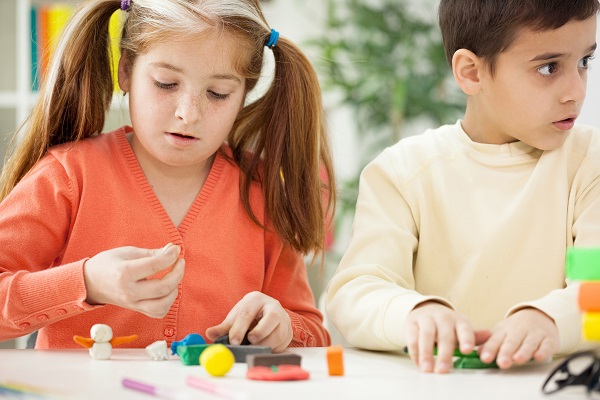
When children have opportunities to play at length, and be involved with others in investigating possibilities and developing hypotheses, they try things out. They have little fear of failure, and through ongoing and recurring experiences they secure brain synapses that form the framework of their learned knowledge. Over time their competence increases, and with this they develop confidence in their capability. Play allows children to be relaxed and work creatively, revisit experiences, solve problems, engage with others and discover an endlessly new world.
It is interesting to note some of the contemporary approaches to teaching pedagogy; the maker movement, intentional teaching, design thinking and the like. Many of these approaches look suspiciously like play in action, and it is easy to feel excited by the prospect of play being the next big learning trend in education. Perhaps the tricky bit sits in the expectation that teachers make teaching and learning look systematic, linear, tidy and therefore measurable. The challenge may be in moving away from the traditional view of the teacher as the holder of knowledge. Part of what makes play such a successful tool for learning is that it requires a freedom. Play is an activity that is full of purpose – and yet purposeless. Play is often seen as something you do when you are having fun or don’t have something ‘better’ to do, and yet at the same time it brings about the most rapid and profound development visible in our lifetimes.
Play might be the answer to our educational dilemmas about how to motivate enthusiastic participation in education. Maybe play is the tool that allows learners the freedom to explore and recognise their developing capability? Perhaps play is the tool that enables learners to move from a mindset that says ‘I can’t do that’ to ‘I can’t do that yet’.

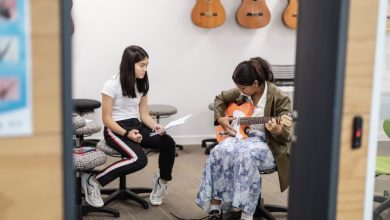
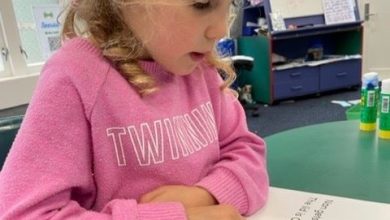
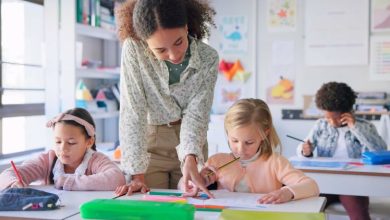
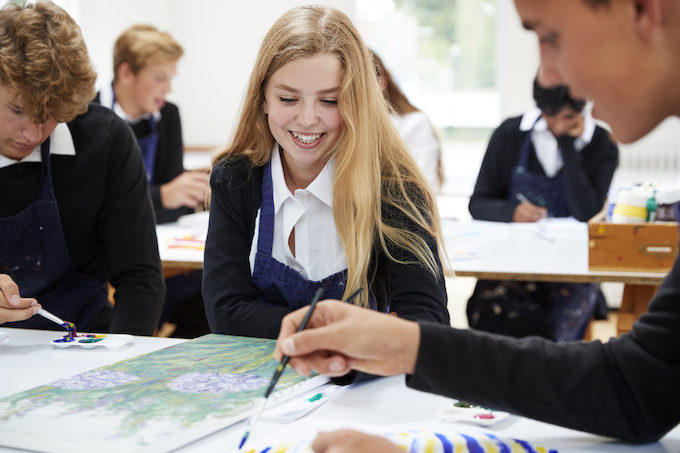


Pennie Brownlee and Kimberly Crisp have released an incredibly important book called ‘The Sacred Urge to Play’. It is deeply grounded in pedagogy, supported by research. This book should become compulsory reading for all teachers, regardless of the age of the child. It is not about childhood. It is about play. Published by Good Egg Publishers.